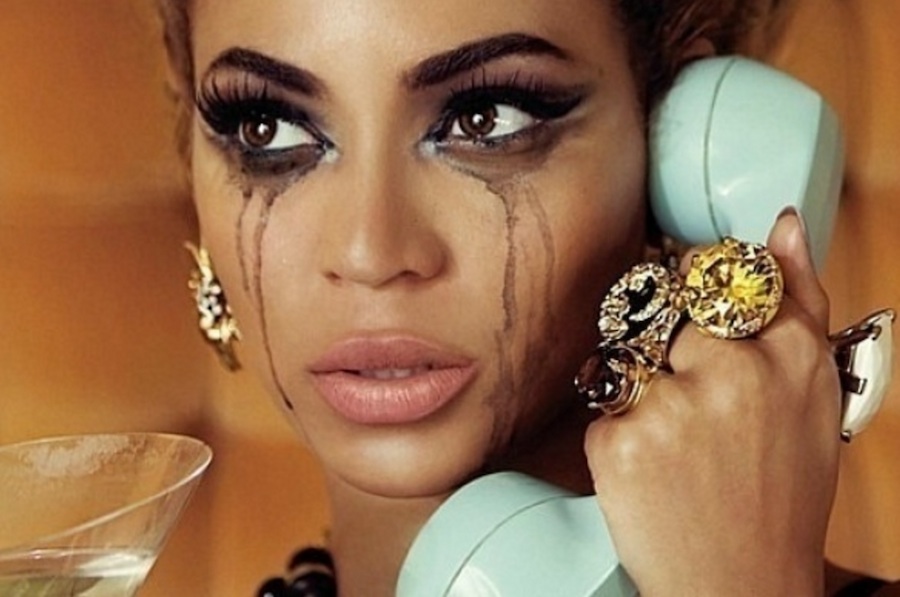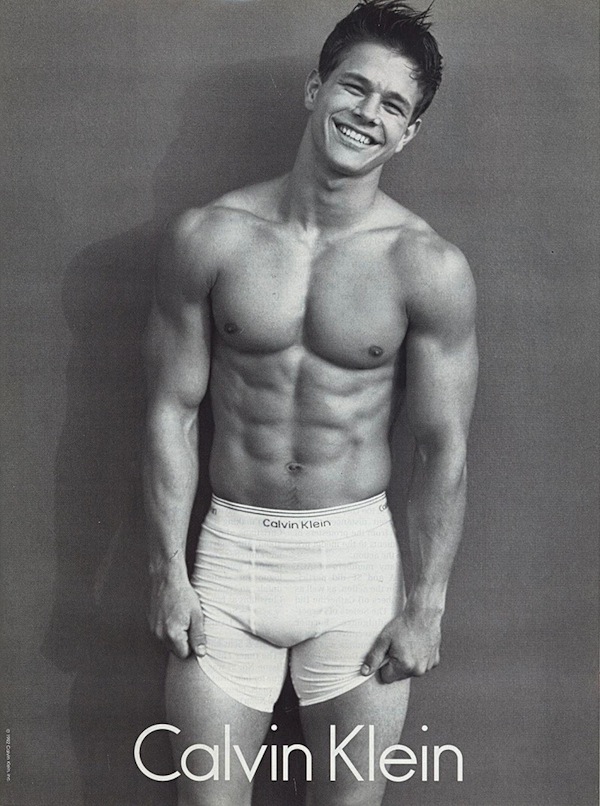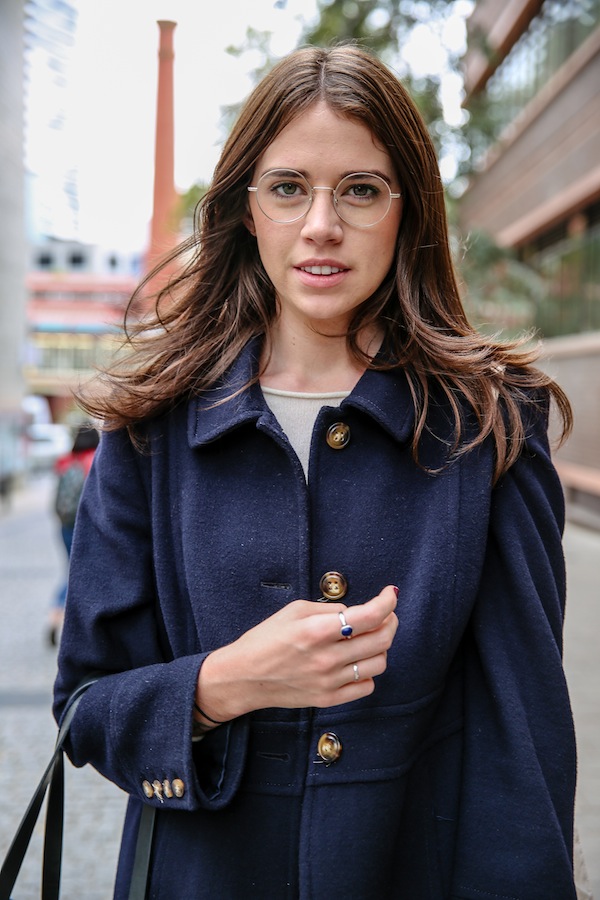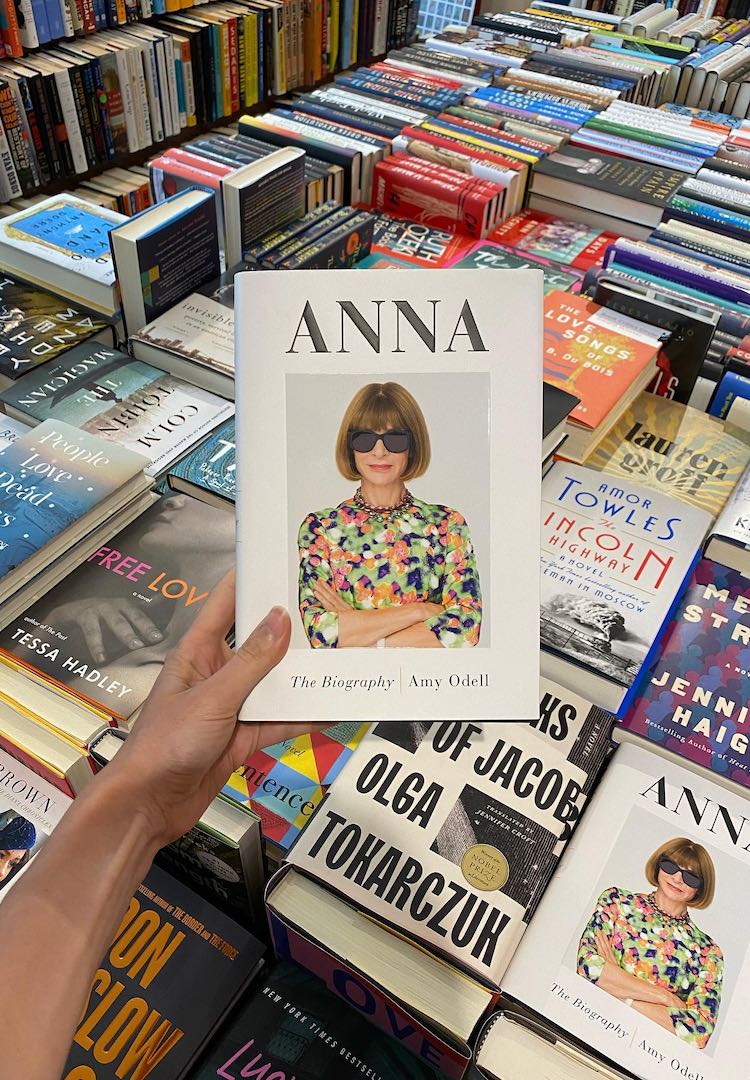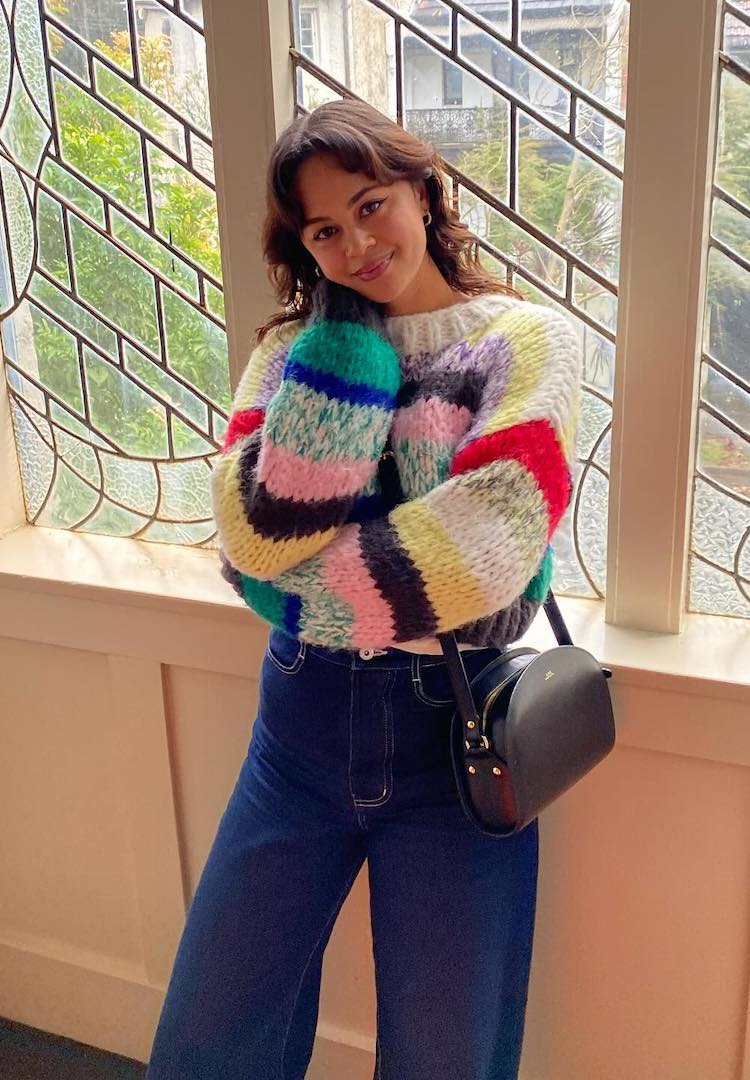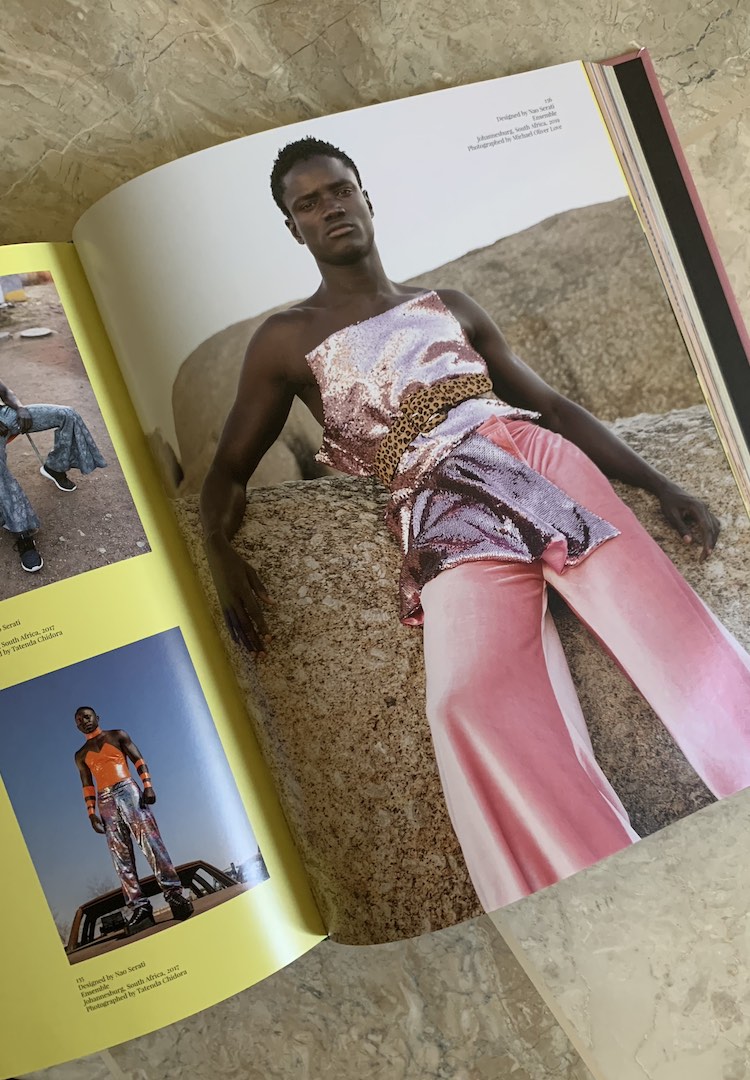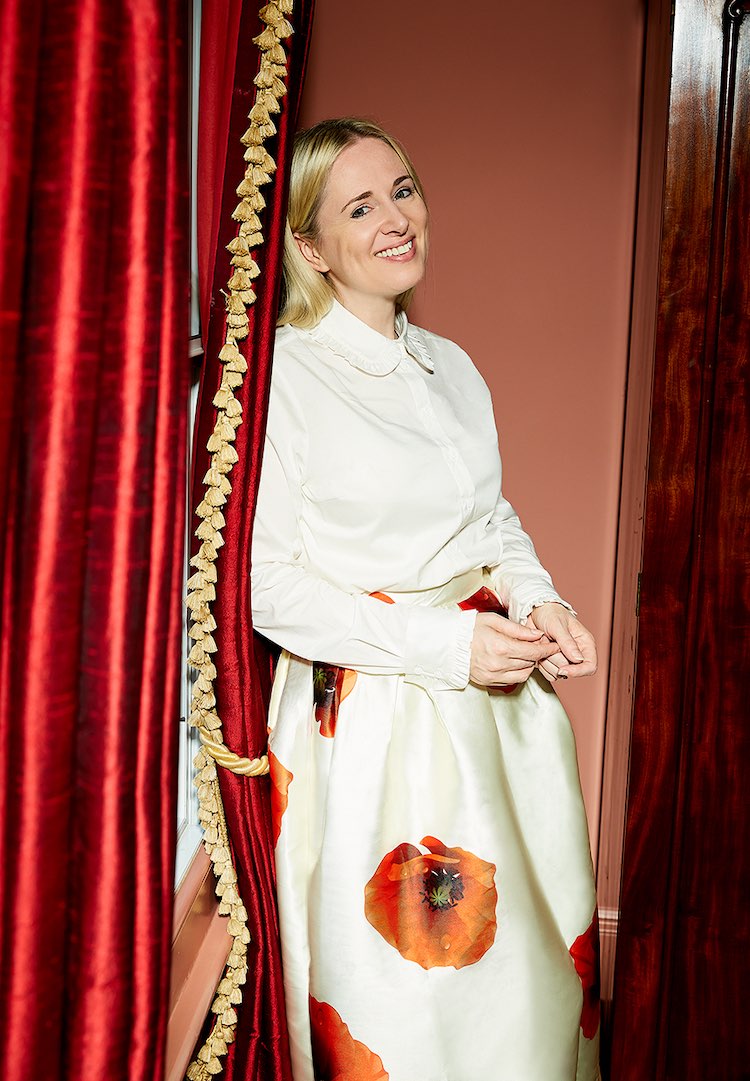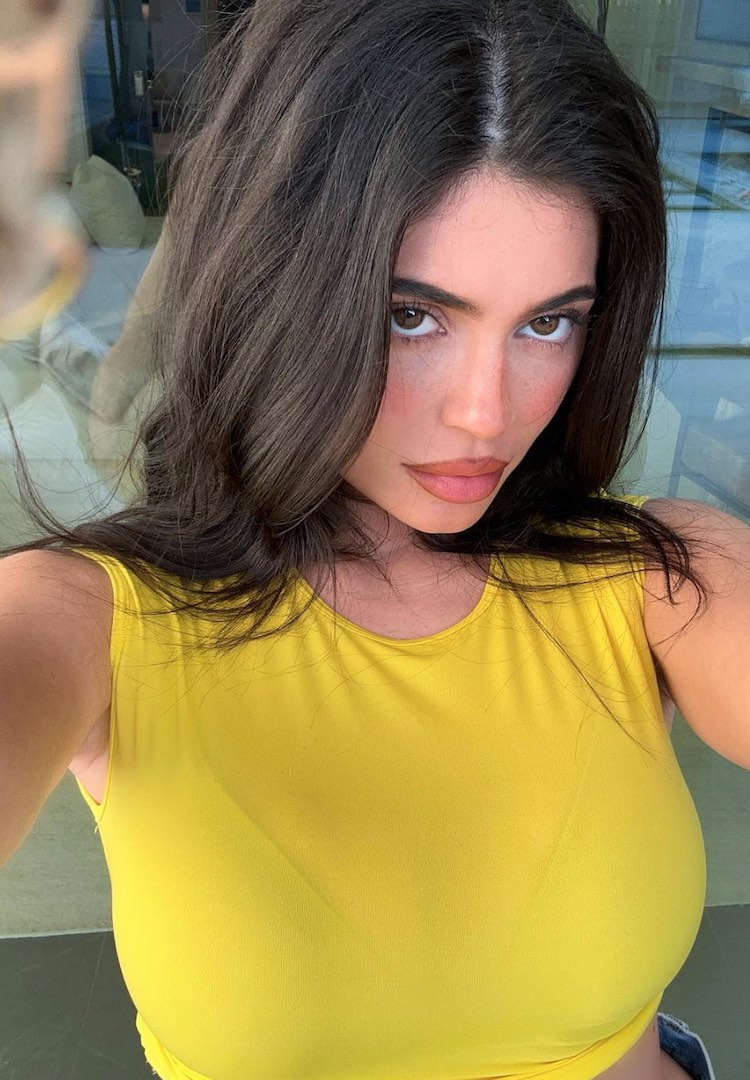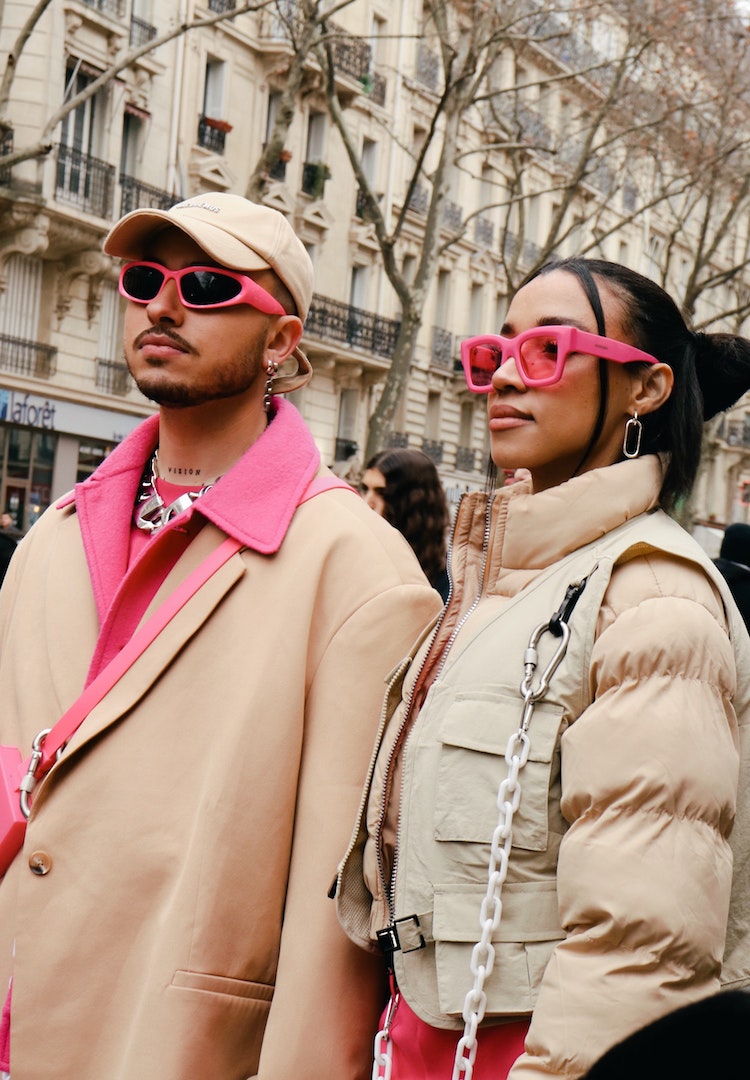A brief look at the power of celebrities in fashion branding
And why it works.
You just have to enter a shopping centre, scroll through Insta or open any global fashion magazine to see it. Celebrities. Celebrities everywhere. Celebrities holding perfume, celebrities wearing jeans, celebrities stretched across French marble tables in grand ball gowns.
Celebrity endorsement has always been a marketing tactic of many brands across many industries. But today, the fashion world seems to actually revolve around these high-profile persons.
Why? Because it works.
Think about it: Chanel’s Fall ’15 Couture runway, Calvin Klein’s #mycalvins campaign, Vogue’s April 2014 edition. These all received a huge amount of exposure because of one common thread: celebrity.
Sure it’s controversial, these moves all caused a stir. But there’s no denying the use of celebrities in fashion – be it through campaigns, runways or editorial pages – is a winning formula.
Vogue starts it all
Throwback to 1987 when the fashion scene was one of prestige, high-end glamour and class. Vogue was strictly fashion and tbh, struggling a little.
Then Anna Wintour was appointed Editor-in-Chief. With a business mind and a clear approach, Wintour took a risk that changed the game forever. She introduced celebrities to the pages of Vogue.
In 1998, Vogue saw it’s first non-model, Renee Zellweger, grace the cover of the prestigious September Issue. This paved the way for regular celebrity covers in the mag, ranging from Lady Gaga to Hillary Clinton and, more controversially, Kimye.
It was a move which revived the magazine, and changed the fashion industry forever.
Celebrity and fashion
Try and think of a high-end fashion campaign now that doesn’t use celebrity. Pretty hard, hey? But it wasn’t always like this.
Fashion marketing in the ’80s and ‘90s was a world away from the fashion marketing we know today. Travel back to 1980 and celebrities were much more likely to appear on cereal boxes, than magazine covers.
That’s not to say celebrity endorsement in fashion wasn’t unheard of. Several years before Wintour headed up Vogue, forward-thinking fashion house, Calvin Klein, tapped 15-year-old child star, Brooke Shields, to be the face of its newest venture. The controversial denim campaign – which first saw the use of the iconic “you know what comes between me and my Calvins?” slogan – contributed to sales of $2 million per month for the brand. It would be a move continued by CK for the next 30 years. Though Calvin Klein has always been ahead of the game, it took others a little while longer to catch on.
Creating a narrative
The 2000s was when the big shift came. Developing technology, 24-hour news and the Kardashians meant that a successful endorsement relied on much more than just a photograph of a personality holding a product. The audience needed to believe in the relationship between the brand and the celebrity.
When you achieve that story, it can be pretty profitable. “Celebrity featured advertisements still highlight an essential focus: a relevant endorsement from a trusted source,” professor at the Fashion Institute of Technology, Dalia Strum, told Luxury Daily in 2015.
Australian swimwear label Triangl, now bringing in $45 million annually, is one label that used celebrity to get its name known. Triangl’s strategy was to send bikinis to friends of the rich and famous, in particular, friends of Kendall Jenner. The brand’s founders hoped Kendall would see the bikinis on her pals and want one for herself.
And it worked. Within a month, Kendall had requested her own bikini.
“Kendall tweeted a picture of her in the bikini to five-million people,” said founder Craig. “That kickstarted some intense growth in the United States.”
Five million people.
And it’s not just Triangl that’s seen such a huge return from these narratives.
Before Bieber had been announced as the face of Calvin Klein’s 2014 #mycalvins campaign, he had tweeted and Instagrammed his love for the brand. It only made sense for CK to tap into that authentic narrative.
The campaign quickly evolved into one of the most comprehensive (and successful) uses of celebrity in fashion advertising.
As WWD reported, after the release of Justin Bieber’s first CK campaign, the brand gained an extra 3.6 million followers across its social channels.
Celebrities-turned-designers
We’re seeing an era of celebrity collaborations and designers brands. Think Rihanna, Alexa Chung, The Kardashians, Jenners and Wests.
But actors, singers and athletes aren’t necessarily designers, so it’s controversial that fashion houses are opening the gates to these celebrities. Especially when they lack design skill.
But as i-D‘s Greg French writes: “Who cares about a new hemline or silhouette if you can look like Kanye West? Realistically, many will of course favour the latter.”
And it seems a lot of us are favouring the latter. A quick look at celebrities who have started their own fashion houses will show the formula is a successful one.
Mary-Kate and Ashley Olsen’s The Row now has 164 points of distribution in 37 countries. According to WWD, industry insiders estimate The Row brings in $50 million in annual sales. And The Olsen’s aren’t the only successful celebs-turned-designers. Jessica Simpson’s self-titled label is reported to bring in $1 billion in annual revenue, while Victoria Beckham’s label is said to have revenue of $95 million annually.
Where we’re at today
Last year Fashionista dubbed ‘celebrity’ as spring’s biggest trend, and it seems it’s not going anywhere any time soon.
As Business of Fashion’s Imran Amed explains: “Many fashion brands may have been built on the dreams created by out-of-this world haute couture collections. But today, for many brands, this desire is built on the image of celebrity, which can arguably reach more people than the Haute Couture shows ever will.”
The proof is in the pudding. In the past few weeks we’ve read new reports of Pharrell at G-Star, Solange at Saint Heron, Caitlyn Jenner at MAC, Kendall and Kylie at Neiman Marcus, Rita Ora at Adidas, Rihanna at Vogue, Olivia Palermo at Piaget Jewellery, Pamela Anderson at Missguided, Beyoncé at Ivy Park, Chloë Sevigny at Jimmy Choo and probably the coolest ever line-up at Calvin Klein.
So next time you see a celeb holding perfume, wearing jeans or stretched across French marble tables in grand ball gowns, at least now you’ll know why.

